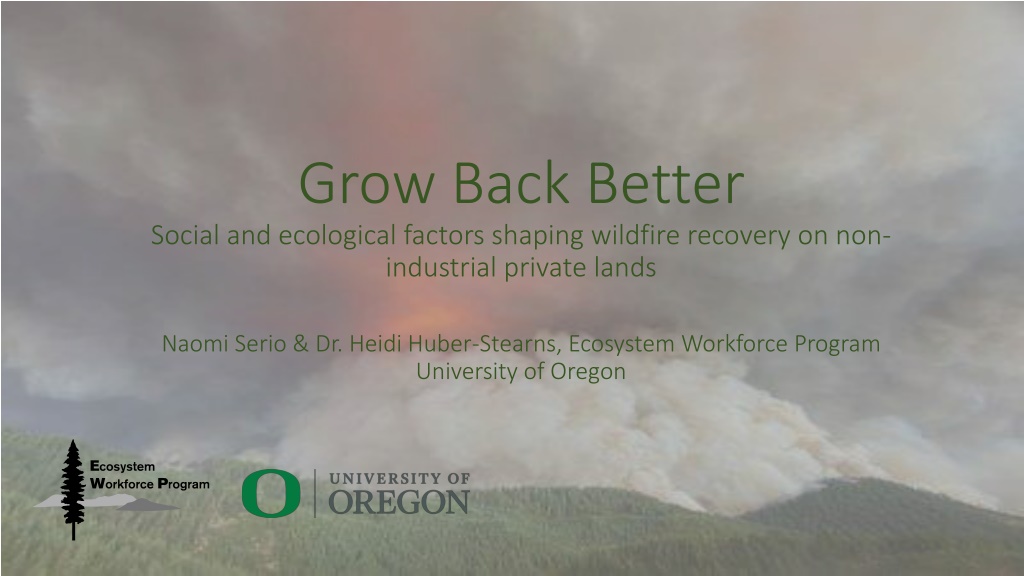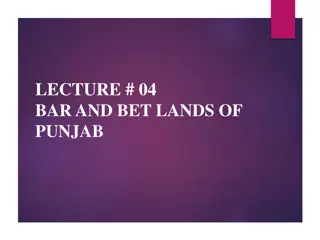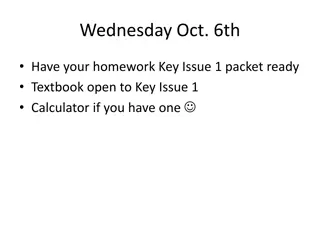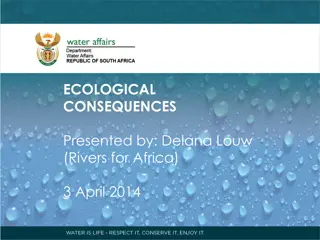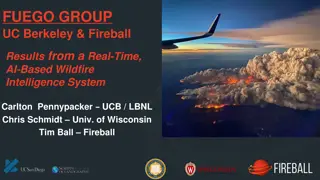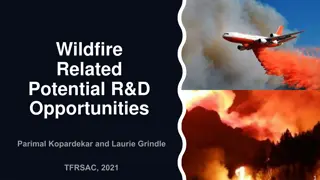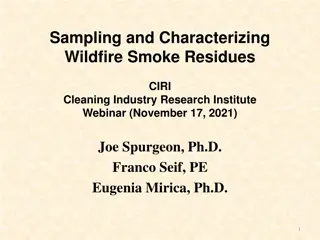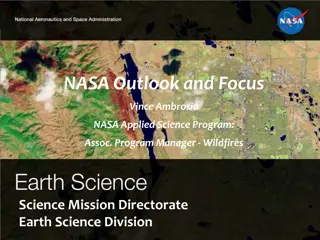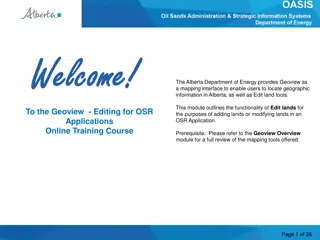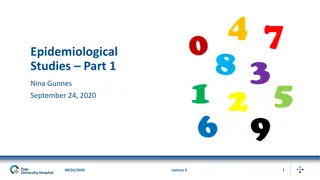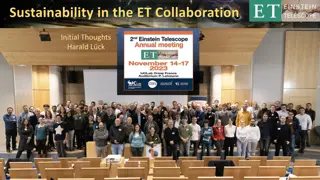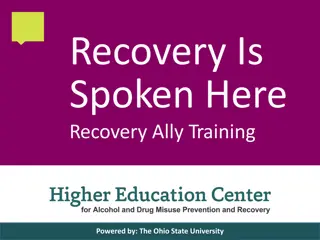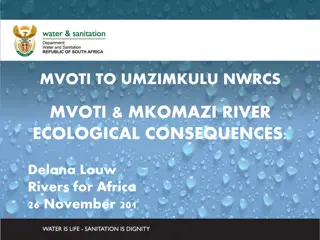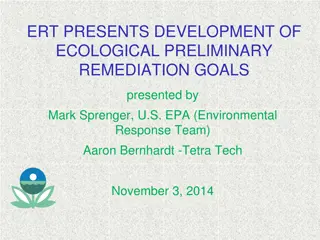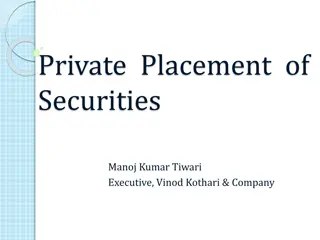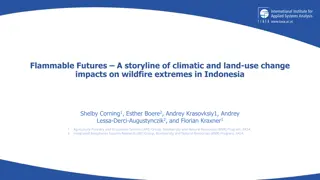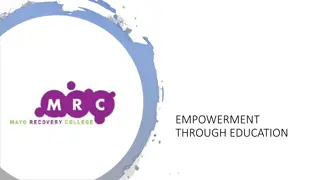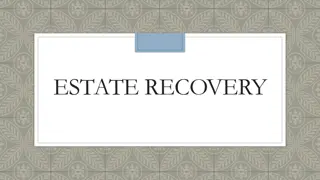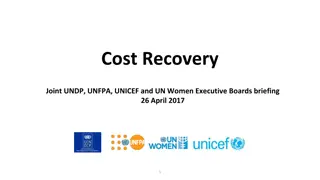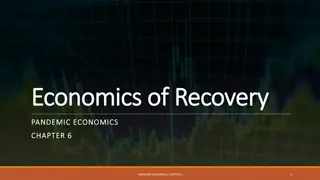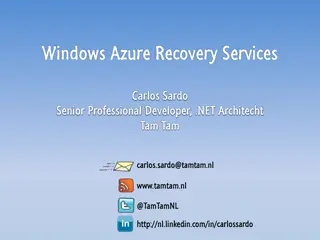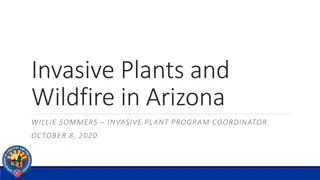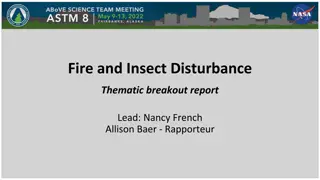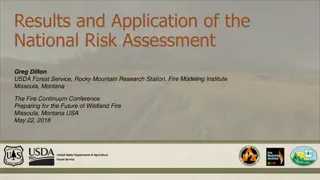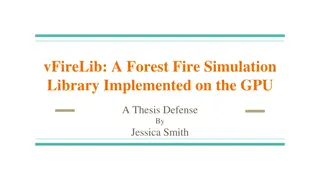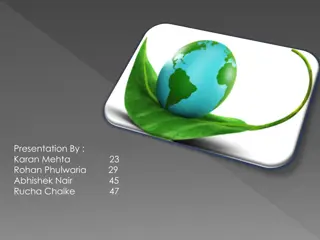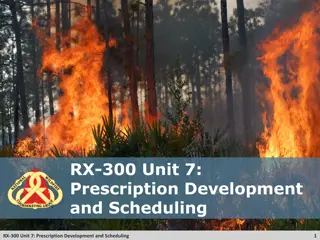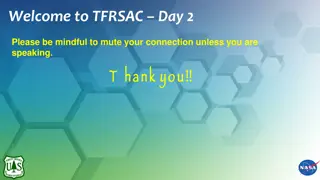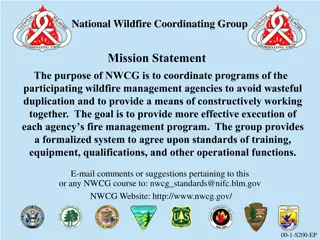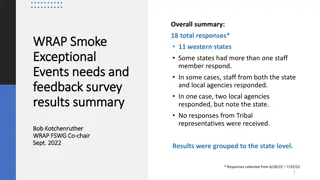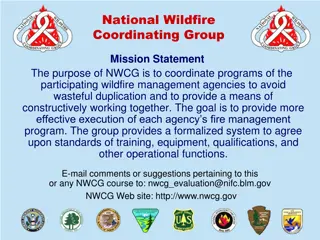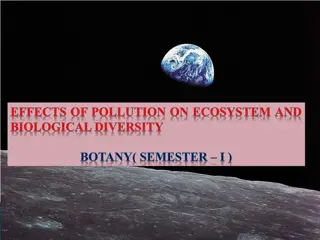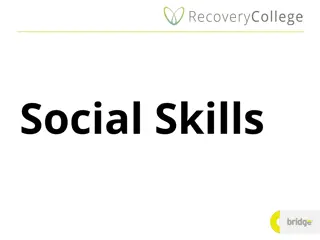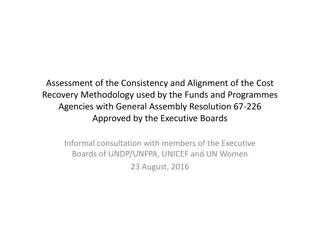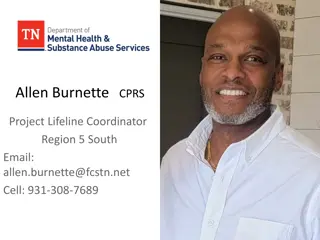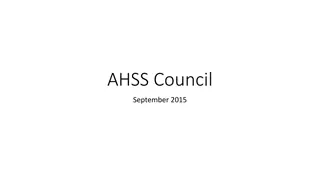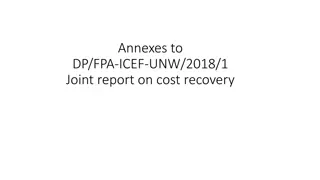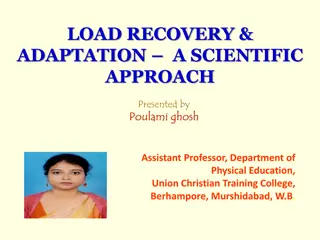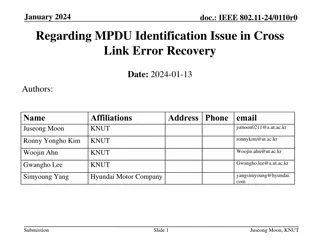Exploring Social and Ecological Factors in Wildfire Recovery on Private Lands
This study delves into the social and ecological aspects influencing wildfire recovery on non-industrial private forest lands post the Labor Day fires. Focusing on NIPF landowners, the research aims to understand the factors shaping resilience and recovery at the landscape level, including the role of organizations, challenges in support, decision-making processes affecting replanting, and strategies for enhanced support. Preliminary themes are emerging through interviews with relevant organizations.
Download Presentation

Please find below an Image/Link to download the presentation.
The content on the website is provided AS IS for your information and personal use only. It may not be sold, licensed, or shared on other websites without obtaining consent from the author. Download presentation by click this link. If you encounter any issues during the download, it is possible that the publisher has removed the file from their server.
E N D
Presentation Transcript
Grow Back Better Social and ecological factors shaping wildfire recovery on non- industrial private lands Naomi Serio & Dr. Heidi Huber-Stearns, Ecosystem Workforce Program University of Oregon
Background & Context The Labor Day fires claimed ten lives, burned an estimated 4,000 square kilometers of forest and woodland, and destroyed over 4,000 homes. Wildfire-burned areas are forecasted to increase by an estimated 400% by 2040. Long-term recovery case study basins: McKenzie, Umpqua, and North Santiam Focus on non-industrial private forest (NIPF) landowners Make up about 12% of the forestlands burned in 2020 fires Importance consideration when managing for climate resiliency at the landscape scale.
Research Questions Central research question: How does the intersection of individuals, their land, and the local institutional context of recovery support shape emergent social and ecological resilience to wildfire at the landscape level? What organizations, funding sources, and programs are supporting NIPF landowners in their long-term recovery? How can recovery organizations better support NIPF landowners? Social landscape of recovery support What factors are influencing NIPF landowners decision to replant or not? What factors are influencing replanting success? Ecological landscape of recovery We will work with our partners to co-produce transferable and actionable resources Format to be informed by needs identified in earlier stages NIPF wildfire recovery toolbox
Todays focus: organizations supporting NIPF To understand the social landscape of recovery, we are conducting semi-structed interviews with organizations involved in long-term recovery in our case studies Focusing on organizations supporting NIPF landowners (23 interviewees) Identified through snowball sampling and membership in the Western Oregon Cascades Recovery Effort (WOCRE) Interview questions focus on: Organization s role in supporting NIPF recovery Ecological, social, and policy-based (red tape) challenges to supporting and engaging NIPF Understanding who is receiving support and how to make support more accessible
What type of support is available? Funding: Most funding to help landowners with post-fire land management is coming from federal sources, such as the NRCS and the FSA, but also some state funding (OWEB). Technical support: ODF, OSU extension, SWCDs, watershed councils Outreach: Long-term recovery groups, non-profits, counties Most programs are cost-shares and are reimbursement based Programs cover activities such as brush removal, riparian restoration, site assessments, site prep, and replanting.
Ecological challenges to reforesting private lands Tree mortality is high: heat waves, drought, poor seedling quality Seedling supply: Very few nurseries will sell to the public in small orders Some organizations are helping landowners aggregate orders Lack of science on post-fire reforestation best practices on non- industrial private lands west of the Cascades Brush build up: need for constant mitigation
Social and economic challenges to reforesting private lands Cumbersome application processes They re so overwhelmed with the 15thset of paperwork we re having them complete answering the same questions in a slightly different way for a new agency. They ve given up, they can t move past the trauma because we re reinflicting it on them every time we get a new program with new funding. Needing to front funding and uncertainty around reimbursement timeline Distrust of government and hesitance to receive assistance The second we tell people that we need to do an environmental study on their property, people panic they re afraid of what that means.
Some of the people that have replanted have lost as much as 80% of the trees I don t know about you but if somebody was like, hey, I need you to put out $35,000 to replant these trees that have already died twice and I can t guarantee that I m going to be able to reimburse you or how long it s going to take, there s a good chance they re not going to do it.
Equity Concerns in Recovery Reforestation can only be a priority after housing, food, etc. is secure The folks who have time and money can look into it [getting support] and maybe call a consultant or those sorts of things. The folks who don t have these resources, they re struggling to figure out how they re going to get clothes. I think there s some knowledge of it [support], but it s not equitable . again it goes back to if you re trying to figure out how to get clothes on your back, you don t care about the trees on your property it starts with making sure they [landowners] have access to everything else so that it [replanting] can become a priority. Groups having trouble accessing land management support: individuals still struggling to get basic needs met, middle income, elderly, very rural, families with children
Recommendations Local organizations with pre-existing relationships should be the ones directly working with survivors Have systems in place ahead of time to get the LTRGs running right after the fire Long-term recovery is longer than funders and policymakers realize. Look to pre-existing models in other states and communities Why not lean on other states that have done this? California has been dealing with this, they re ten years ahead of us in wildfires.
To get in contact with our research team: To get in contact with our research team: Heidi Huber Heidi Huber- -Stearns, Director of the Ecosystem Stearns, Director of the Ecosystem Workforce, Workforce, hhuber@uoregon.edu hhuber@uoregon.edu Naomi Serio, Faculty Researcher, Naomi Serio, Faculty Researcher, nserio@uoregon.edu nserio@uoregon.edu
